Summary
- Your Your Your Friendly Neighborhood Spider-Man adopts a vintage, 1960s comic style, reminiscent of the original comics by Steve Ditko.
- The show focuses on Peter Parker as a “street-level” hero in Queens, contrasting with the multiverse narrative of the Spider-Verse films.
- Despite criticism of its animation style, the series presents a wholesome and nostalgic portrayal of Spider-Man’s character and relationships.
Disney+’s Your Friendly Neighborhood Spider-Man takes a cue from the Spider-Verse Films, enlisting some interesting techniques for its animation style. While some have been put off by the cel-shaded action, the way the series executes its story and characters affirms its stylistic choices. In many ways, Your Friendly Neighborhood Spider-Man‘s animation style is actually perfect for this particular vision of Spider-Man.
While the Spider-Verse films spin a complex, multiverse-spanning narrative web, Your Friendly Neighborhood Spider-Man is truly a “street-level” hero, per Executive Producer Jeff Trammell. In the Spider-Verse films, Miles Morales travels to alternate dimensions, running from and teaming up with varying types of Spider-People, whereas Friendly Neighborhood‘s Peter Parker is more of a borough spider, resigning himself to Queens. For instance, consider their dueling art styles. Miles needs to feel anchored against the tech-heavy, Spider-Verse-spanning story arc, so hand-drawn integration into CGI is a strong indicator of grounding for the character. On the other hand, Your Friendly Neighborhood Spider-Man‘s art direction has swung all the way back to Steve Ditko’s 1960’s comic style. If grounding is the discussion, Ditko, the original Spider-Man artist, is its logical conclusion.
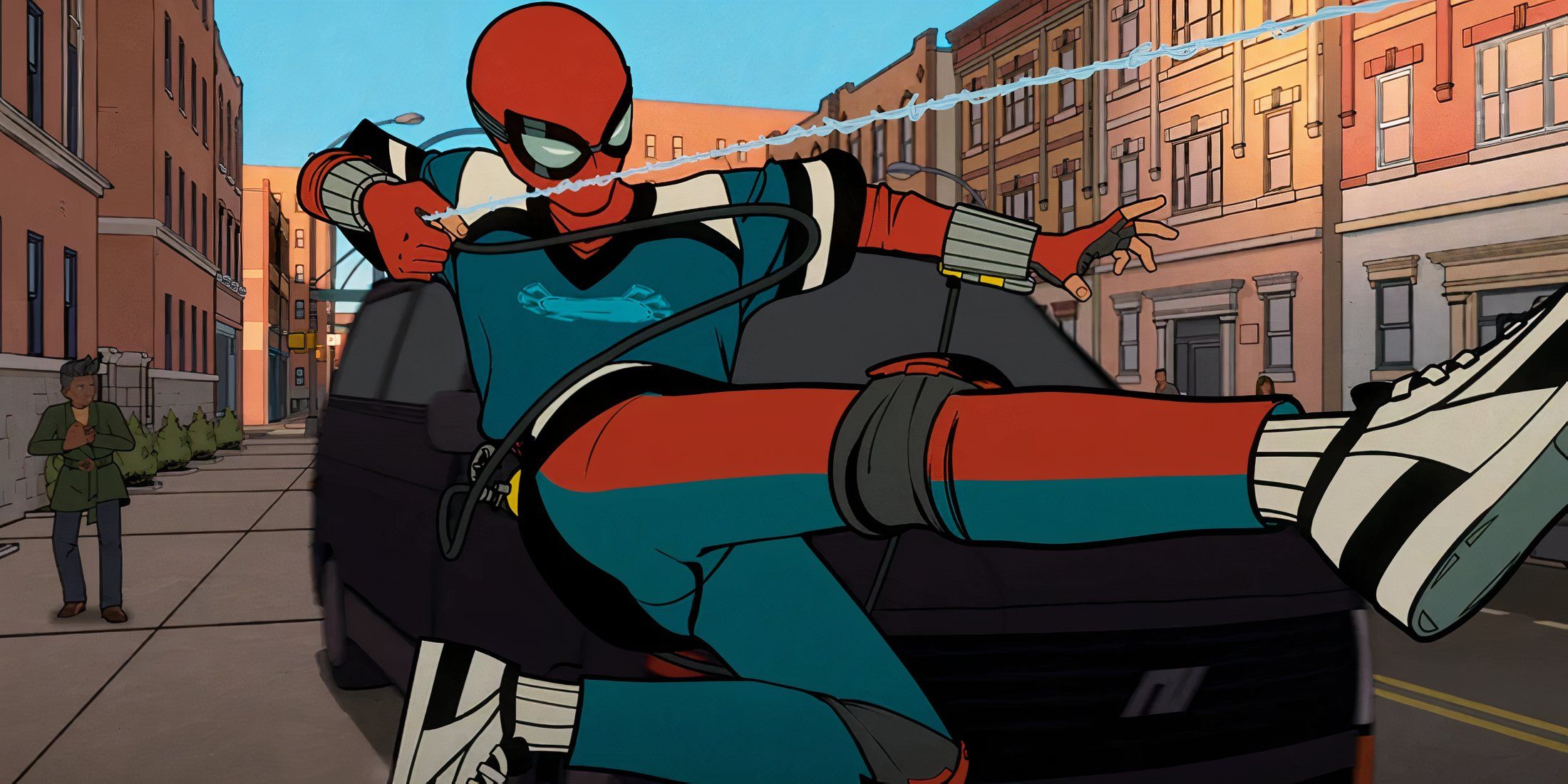
Related
6 Best Animated Series To Watch If You Love Your Friendly Neighborhood Spider-Man
Your Friendly Neighborhood Spider-Man has put a fresh spin on Spider-Man that fans are loving, but what other series should you watch if you enjoy it?
This Version of Peter Will Be Amazing
Steve Ditko’s Amazing Spider-Man coincided with the rise of Andy Warhol and Pop art, an art trend of the 1950’s and ’60s characterized by bold colors and consumerist values that often restyled elements of popular culture. Pop art was invented to allure mass audiences. Coincidentally, Your Friendly Neighborhood Spider-Man‘s adoption of this style hasn’t exactly been met by mass approval. Critic reviews for Your Friendly Neighborhood Spider-Man are overwhelmingly positive on Rotten Tomatoes at 97%, but reading into those reviews will uncover displeasure with the animation despite the series’ strong writing and direction. A peak at the audience score, 63% on RT, highlights those reviews’ more negative sentiments.
Ditko’s art was colorful, and vibrant and very yellow. It popped then and still does today. So, why the uproar? Well, the animation in Your Friendly Neighborhood Spider-Man could possibly benefit from some web fluidity. It’s quite choppy, sure, but considering the comic page presentation, the result is as intended. Some argue the animation looks cheap, but the visual style was, in fact, a choice. Tramell told IndieWire that he wanted to embrace the past because he’d never seen it done before. Like the Spider-Verse films before it, Trammell’s Spider-Man uses classic comic book elements to innovate in the medium.
An Instant Classic?
The vintage look isn’t solely aesthetic, either. When watching the show, it’s clear this Spider-Man shoots for a classic take on the historically wholesome hero. Though the series is set in 2015 around the events of Marvel’s Civil War, it all feels very… retro. There’s an air to the show that feels reminiscent of a bygone era beyond the first-edition Spider-Man inspiration.
This is a very friendly Spider-Man. He pleads with a pizza shop owner to spare a young woman’s innocence after a moment of poor judgement led her to steal cash from the counter. He also has crushes, wrestles with his body’s strange development, and struggles to fit in like all of us have in the past and today. What drives the show’s winning perspective and character interaction is Your Friendly Neighborhood Spider-Man’s cel-shaded rendering that creates the same loosely-defined, basic shape-based color circus made popular on Marvel pages in JFK’s America. The effect is closer to a hand-drawn, page-flipping experience where the frames are not fluid and modern, but almost processed from one panel to the next, the old school way.
Into the Spider-Verse famously ran 12 frames per second before Miles got his powers, after which the film ran at a silky 24. Your Friendly Neighborhood Spider-Man never hits that brisk modern stride, but it isn’t meant to. The Spider-Verse films’ initial stagnant animation was just as much an homage to comic book scouring as it was a visual storytelling trick. Your Friendly Neighborhood Spider-Man has similar tricks up his web-shooting sleeves, but to much lower approval from audiences. Still, critics who’ve seen the entire season agree the show is quite good. Like the bygone-era styles that influenced it, Jeff Trammell’s Spider-Man is set to be remembered as an innovative, if misunderstood, advancement of the pop culture icon it represents.
Your Friendly Neighborhood Spider-Man‘s iteration of the web head is a classic spin on Spidey – which gets back to the roots of what originally made him great: quintessential coming-of age stories colored by Pop era visuals and the American dream.
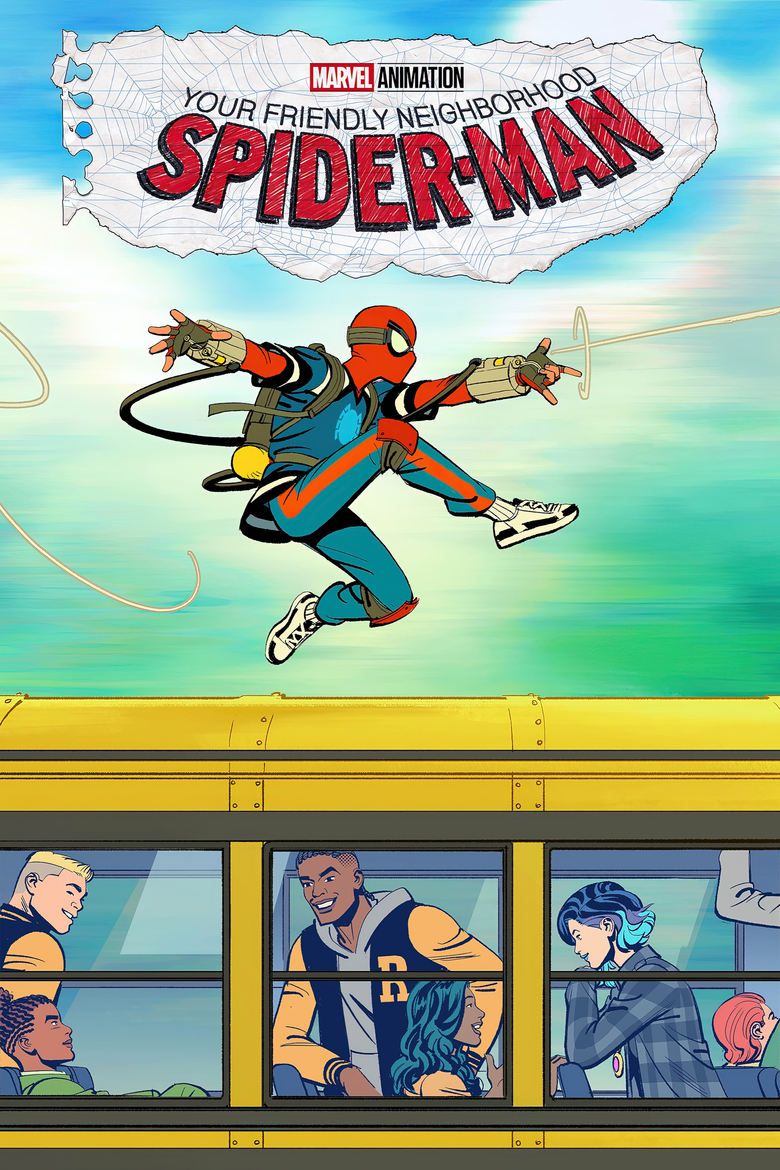
Your Friendly Neighborhood Spider-Man
- Release Date
-
January 29, 2025
- Network
-
Disney+
- Writers
-
Jeff Trammell
-

Hudson Thames
Peter Parker / Spider-Man (voice)
-

Colman Domingo
Norman Osborn (voice)
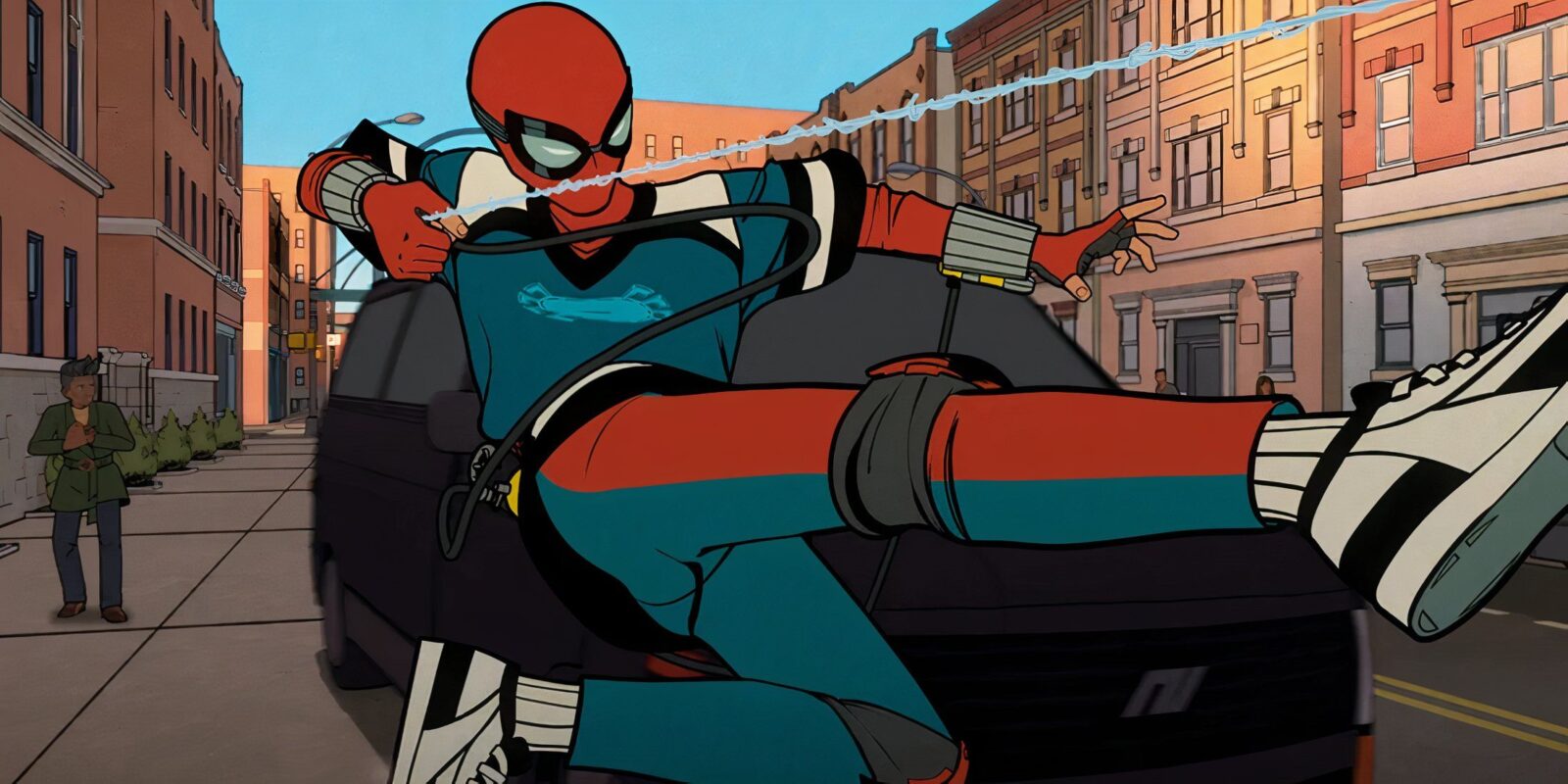

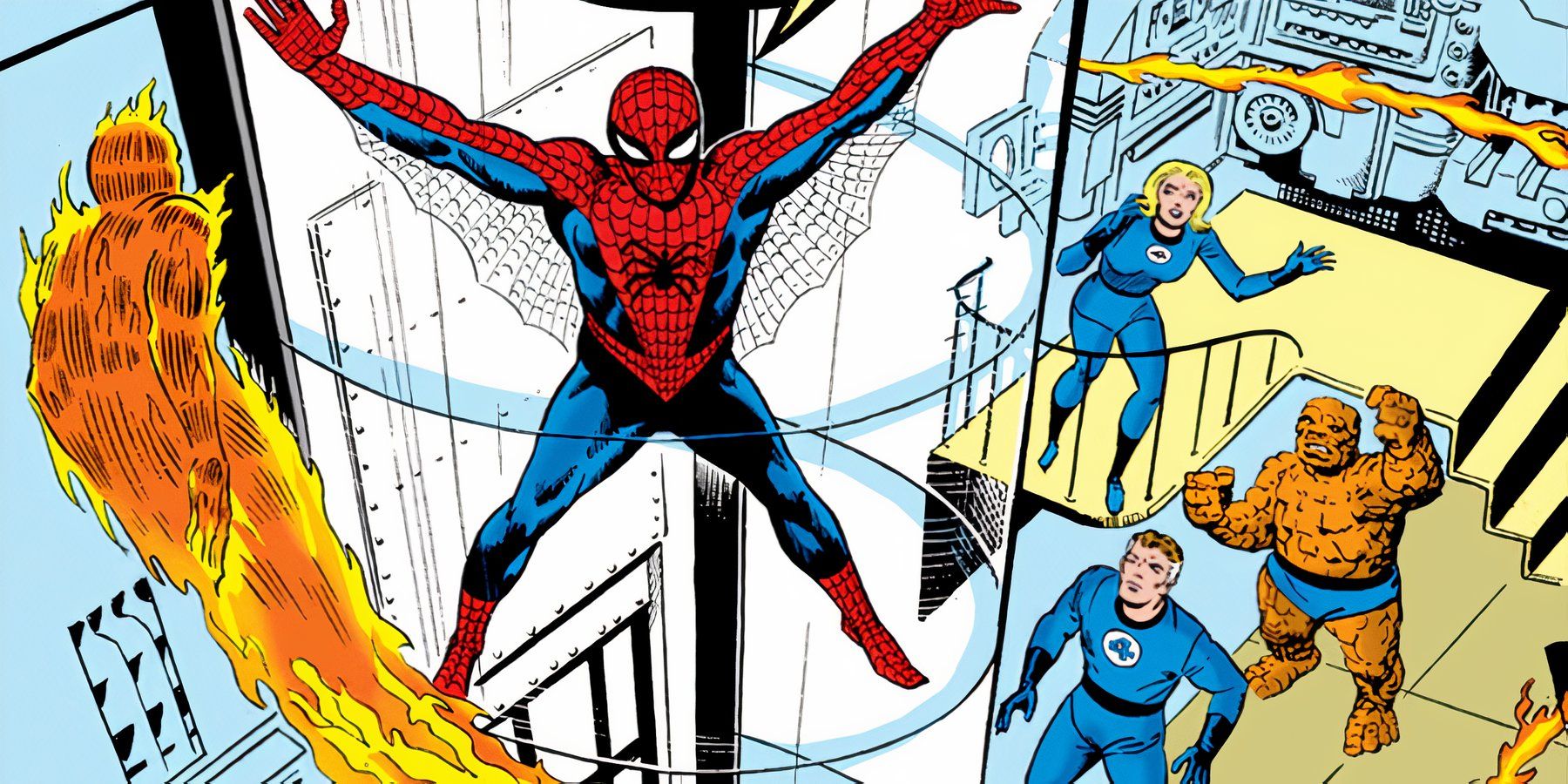
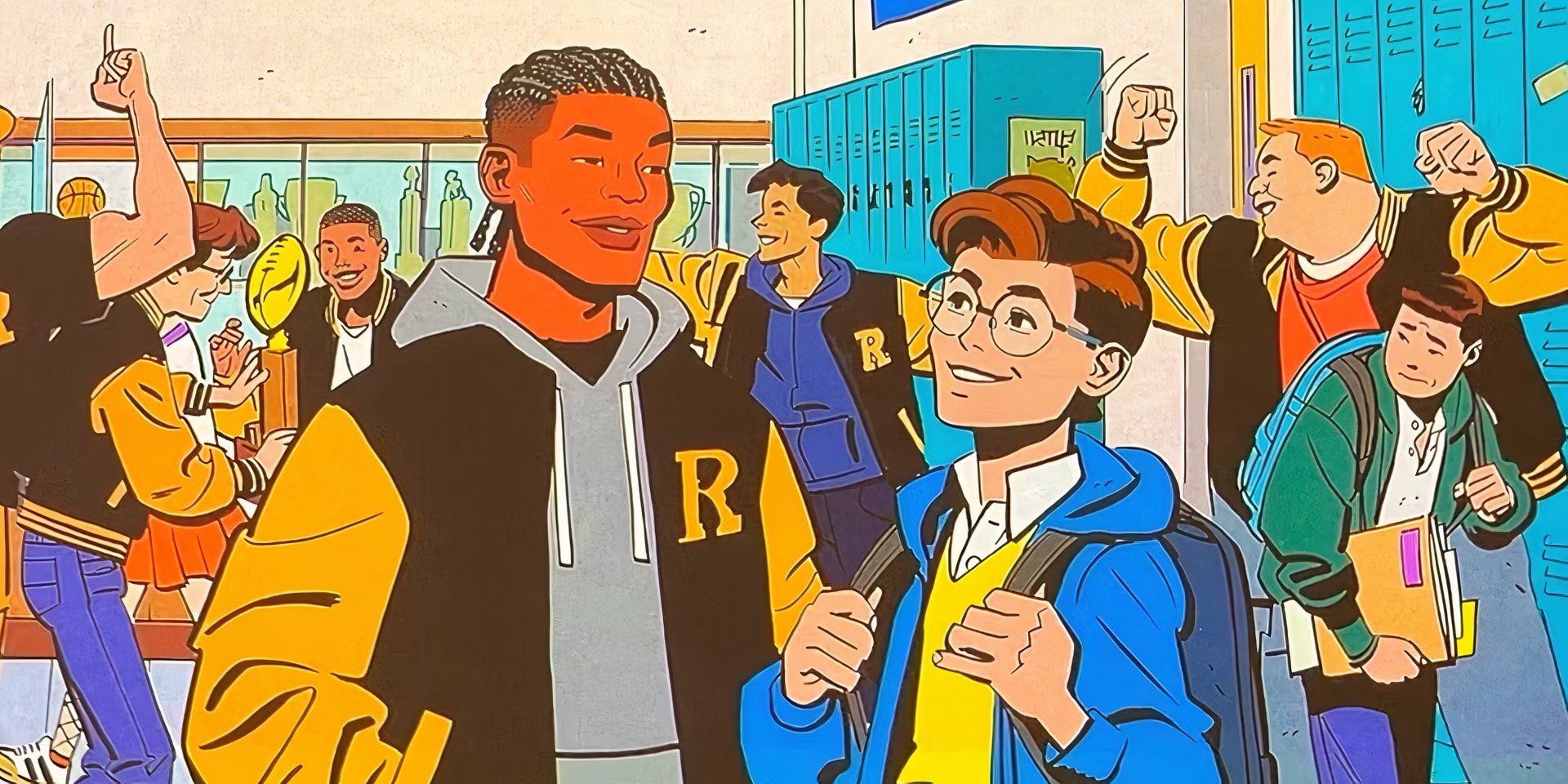









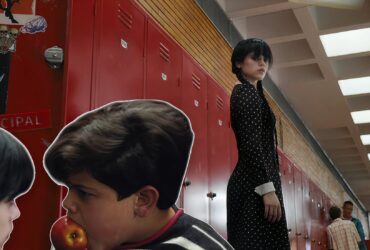
Leave a Reply